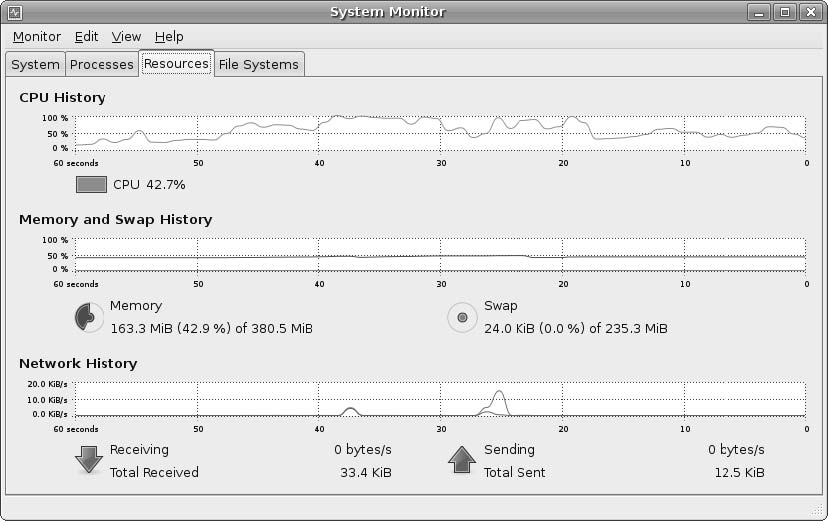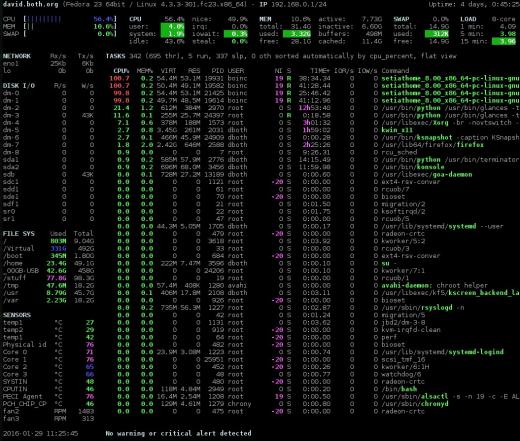
These rules generally will be based upon signatures or anomalies.Ī signature-based algorithm compares network activity against known attacks. IDS and IPS solutions identify potential threats based upon built-in rules and profiles. This traffic is then analyzed for signs of malicious content and based upon the profiles of common types of attacks (such as scanning or a Distributed Denial of Service attack). These typically include a packet sniffer to collect packets from a network tap or by sniffing wireless traffic. It may monitor the network traffic entering and leaving the device, processes running on the system, modifications to files, etc.Ī network-based solution performs monitoring of traffic on the network as a whole. IDS or IPS tools can be host-based, network-based, or both.Ī host-based IDS or IPS protects a particular endpoint. Intrusion detection or protection systems can also be classified based upon the focus of what it protects. Network-Based Intrusion Detection/Prevention Systems
#Linux system monitor no alert detected how to#
While the IDS tool does not provide active response, it provides more control to the security team over how to engage in incident response and will not require as much tuning to be effective. IDS tools do not need to intercept network packets so IDS solutions can simply be connected anywhere on a network where they can receive packet duplicates. While older, IDS technology can be faster and easier to connect than IPS solutions.

IPS tools need to be installed so that they can control packet traffic and will be deployed as a separate appliance, on a firewall, or on a network router so that all network traffic will pass through the solution. IPS tools can also be more complex to install. If an IPS is better at protecting the network against threats, why do IDS solutions still exist? IPS has the advantage of a faster response to detected threats, but an IPS may also incorrectly identify a threat and take action against a legitimate user, process, connection, etc. Responses may include blocking incoming network traffic, killing a malicious process, quarantining a file, etc. If an intrusion is detected, the IPS will respond based upon predefined formulas.

The system itself does nothing to try to prevent the attack, leaving that responsibility to a human analyst or other technology.Īn IPS, on the other hand, actively works to prevent an attack from succeeding. This means that, if a potential cyberattack is detected, the system will raise an alert. Any IPS is also an IDS, but the reverse is not typically true.Īn IDS, as the name suggests, is designed to detect an intrusion on the network. The terms IDS and IPS describe the difference in how each technology responds to a detected threat. Another option is our Managed CrowdStrike EDR service, which brings you Gartner-leading CrowdStrike EDR managed by our US-based team of experts who respond to threats all for an affordable cost.
#Linux system monitor no alert detected software#
Understanding the distinctions between these categories of intrusion prevention systems is important when evaluating different options and selecting the right fit for an organization.Īlso consider a service like Clearnetwork’s 24/7 Managed SOC Service, which is a fully managed service with no software or hardware to manage with the security benefits of an IDS + more for a surprisingly affordable price.

Important distinctions between types of systems include: However, not all of these systems work in the same way or have the same objectives. Intrusion detection systems (IDS) and intrusion prevention systems (IPS) are designed to protect an organization from ongoing cyber threats.


 0 kommentar(er)
0 kommentar(er)
